|
Ceramic lions could be better guardians of property than watchmen or guard dogs, particularly if intruders might be of the invisible variety.
Our friend and barber, Sunit, has just constructed a wall along the highway side of the property he and his sister share. He decided to mount guardian lions on the gate posts into the compound. A Buddhist priest from the neighborhood came with an assistant to “activate” the lions and initiate this new form of protection. The process began with the priest seated in front of the four small statues, which were Chinese in character (rather than Burmese or Khmer), whereupon he lit incense sticks (but not candles, I noticed). The choice of Chinese figurines was to maintain a distinction between these lions and ones guarding the gates of temples. It is unseemly and inauspicious for private individuals to appropriate temple symbols. The priest performed four sets of actions. First he chanted from a script he had brought – indicating that the chant was prescribed but not frequently enough used that he had memorized it. His chanting was largely in colloquial Northern Thai language with Pali verses inserted a couple of times. The chant was a charge to the lions to perform their protective function for the houses and residents so they would have good health, prosperity, and safety from intrusions natural and supernatural. The chant ended by the priest producing a small sword about six inches long and a tiny one both of which he inserted into a glass of water infused with special pieces of tree bark. He used thrusting rather than stirring motions as he was holding the smallest knife and chanting. He told me later this was to “penetrate” the water with the extraordinary power of a Buddhist saint who used to own one or both of those knives and for whom the knife was now a surrogate. This turned the water intonaam-mon [see: http://www.kendobson.asia/blog/august-16th-2014 ] Second, he inscribed 4 pieces of gold-colored foil, using an ornate wooden stick with a sharp point. Each of the pieces of foil was etched with a square box and then subdivided into either 9 or 4 squares. The squares were inscribed with numbers in old Lanna script. The nine squares were filled with numbers 1 through 9 in order, but the placement was in a special order which was the same for both pieces that contained 9 squares. Number 9 was in the place of honor in the middle. The priest told me that the 9 numbers represented 9 syllables in a verse calling for blessings from the Triple Gems of the Lord Buddha (Buddha, Dharma, Sangha), which he had intoned in a whisper as he etched the numbers in place. The two pieces of foil inscribed with 4 numbers represented “the heart of the lion”, the priest said, referring to an appellation of 4 syllables which he had chanted as he inscribed them. When he had finished, he chanted quietly (i.e. khathaa) while holding the 4 inscriptions close to his lips and then he solemnly blew on them. Third, he turned his attention to the 4 gold and red painted statues. With a felt-tipped gold marker he wrote gold number nines on the chests of the four lions and then a more elaborate number on the bases between the front legs of each figurine. Then, using sprigs of leaves and flowers, he anointed the lions with naam-mon three times, and finally caressed each of their heads with his two hands. He was handed a cup of white lime paste [see:www.kendobson.asia/blog/summoning-prosperity] to which he added a few drops of naam-mon, without bothering to stir it. The preparation of the lions ended with him daubing a spot of paste onto the forehead of each lion. I think it might have been more spots if there had been room. Fourth, the statues were placed on the gate posts. A bucket of cement was ready. In turn, the top of each post was covered with a finger-thick layer of cement. One of the foil inscriptions was placed in the middle of the cement and one of the lions was firmly set on top. Great attention was paid to the alignment so they were exactly straight and precisely centered. There was no chanting or ceremony as this was being done. With that the project was complete. Very few houses in our area have their gate posts adorned in this fashion. Electric lights are more common, but the majority of houses with front gates have nothing atop their posts. Perhaps Sunit was inspired by the incidence of several traffic accidents nearby on the new highway, resulting in at least two deaths, one of which, before the road was even finished, was right in front of his house.
0 Comments
The culture of village people of North Thailand, no matter which ethnic sub-group, can be called RICE CULTURE. For centuries life has been geared to rice: when it needs to be planted, how it is handled, and what to do in the meantime. That may have already changed. Let’s consider how rice is being harvested this year.
Our rice was harvested today. It was transplanted 105 days ago from seedlings a month old. That’s 4 months total. This year we have two crops from our field. Everybody around here counts on two crops a year. The actual harvesting this year was entirely mechanical for the first time. [See the picture of the rice harvester in action]. It took less than half an hour for our 2 rai [.8 acre]. We can say that rice harvesting requires two separate actions, cutting the plants and threshing the grain. Last year may have been the last time those actions were done separately. As in the past, for a millennium at least, the rice was cut by a work crew [see the picture of the crew cutting the rice by hand]. Getting it done this way is called long khack ลงแขก (literally “descent of guests” [friends, relatives, neighbors] but the phrase is usually used for calling out a work crew for planting or harvesting rice). Work crews were the oldest way of cutting rice. Until recently the grain was separated out of the heads by beating bunches over the lip of a big harvesting basket, on beating it with cudgels on a sun-baked mud floor, or by having hooved animals tread on it. In former times, still within memory, this was a community effort with important social opportunities. Mechanical threshing machines removed a lot of the effort. That’s how our rice was threshed last year and several previous years. It was cut by hand and threshed by machine. This year the harvesting and threshing were done at once. Back home in Illinois the machine that could do both cutting and threshing was called a combine. The next two steps in preparing rice are drying and storing the grain. The final step is to “mill” it, to grind the husk off so it will be ready to cook. This year the rice we just harvested was immediately delivered to an establishment for drying, although it would be cheaper to spread it out in the sun. That takes labor and attention. A sudden downpour of rain can spoil everything. The rice could have been sold today at a price depending on its moisture content and type of rice. But our rice will be kept for the extended family to eat. Essentially every step in the harvesting process this year is being done mechanically for the first time. It could all be done by one laborer with the full range of equipment. But that is too expensive for our limited acreage, or even for a village-size cooperative. The fellow with the combine can harvest a lot of rice in a day, and his window of opportunity is at least two weeks long. A drier can accomplish the task in a few hours. Every village or two gets by with a single mill that can mill a sack of rice in a few minutes. One mill for every 3 or 4 hundred households seems to be enough. The introduction of mechanical equipment has made harvesting less labor intensive. Last year cutting the rice for our 2rai took 10 people about 2 hours. Then the rice was transported by truck to a central threshing operation, which required another couple of hours, with about 15 minutes to feed our shocks into the threshing machine, operated by 4 men.[See the picture above of the threshing machine blowing away the chaff.] Each stage of mechanization reduces the amount of physical labor. This year one man did it all in 30 minutes. It won’t be long until every aspect of rice production will be mechanized. This year we saw a rice transplanting machine for the first time. It was on TV, not yet here in our valley. But even here rice does not have to be transplanted. Seed can be broadcast onto a muddy field under perfect conditions. It’s being done that way more and more in the central part of the country. It’s only a matter of time before we will have planting fully mechanized, too. Life on the farm is no longer rigidly geared to the phases of rice production. Rice for a whole clan of 20 people or so can be planted in a day, left for about 4 months and harvested in a day. Memories will be all that’s left of the year’s major social events when the whole village was busy, when boys met girls, when men courted eligible women around the threshing floor and grew adoring and desperate, and developed life-long friendships. If there is any one thing that shows village culture vanishing, changes in rice harvesting might be it. REMINISCENCES
Taylor Potter’s mission houses from the early 1960s are remarkable departures from the stately brick and teakwood mansions of the previous era. They were far less pretentious, more functional and practical. They were statements of the intention that the Thai Church would be served by missionaries and not run by them. Moreover, the mission houses were generally tucked into corners of property and on spare lots, rather than at the front gates and in the center of things. Still (perhaps above all) the houses Taylor built were comfortable and efficient. They were designed to be relatively maintenance free and to operate with hardly any hired staff. There was no hierarchy among these houses; none was larger or more elegant than another. All of them blended into their comfortable place under the great shade trees missionary ancestors had planted. The houses were uniformly two stories tall, with maximum ventilation, and frill-free design. The houses encouraged the residents to be that way, too, to fit in and function without creating a heavy imprint on either the environment or society. After the Second World War the Board of Foreign Missions of the Presbyterian Church USA began to send missionaries back to Thailand to resume work that had been interrupted by the occupation of Christian institutions, and to carry on the main missions of church-building, education, and medicine. Older missionaries returned if they were able, and new missionaries were recruited for innovative undertakings. After China was closed to Christian missionary work a new supply of experienced workers was diverted to Thailand, more rapidly filling leadership and support roles than would otherwise have been possible. With regard to buildings and homes, the first task was to reclaim and repair what already was there. But the postwar mission force was soon larger than it had ever been, especially in Bangkok and Chiang Mai. As a new generation of Thai leaders began to fill key positions in schools and hospitals the houses that had been built for missionaries were often relinquished and missionaries were put into temporary quarters or new houses. Schools and hospitals not only restarted or recovered, they almost all expanded. Building projects the Presbyterian Church undertook continued for 25 years. In many cases the Presbyterian Church cooperated with sister missionary organizations to keep from duplicating and overlapping. The Rev. Taylor Potter was both a clergyman and an architect. As such he was uniquely suited to consult and supervise mission construction. Although many of Taylor’s designs were unique, as was the Thailand Theological Seminary Fine Arts Center with its hyperbolic paraboloid roof, and his new plan for First Thai Church of Chiang Mai with semi-circular moveable seating, his design for new mission houses was duplicated many times with modest modifications. Taylor’s idea was to utilize time-honored environmental adaptations to semi-tropical weather and pests, while accommodating modern tastes and needs. A typical Taylor design featured a maximum of windows for ventilation and light. These windows were rolled to one side for storage in pockets, often 2 or 3 layers thick. Windows downstairs were floor to ceiling. Upstairs there were waist high walls with windows above for breezes from as many directions as possible. Another Taylor design was to put the screens on the outside so they didn’t have to be negotiated to open or close the windows. The windows were of glass, rather than thick wooden shutters of older houses. All the houses were 2 stories tall with open stairways (not boxed in). Kitchens were small and efficient compared to earlier homes. Gone were the wide front porches that could rarely be used because of sun, rain or mosquitoes. Most of the houses had 2 large bedrooms on the second floor with an open area in the middle that could either be a third bedroom, a family area, or a storage space. Outside the kitchen some houses had an extra room for food preparation or laundry that might have an enclosed sleeping area for a cook or domestic staff to use. The houses were always elevated for moisture protection, mounted on posts usually a meter tall (not built on concrete slabs as soon became the plan for houses built of concrete). The houses were all wood, throughout Taylor’s era, before lumber became too expensive. Taylor was known for his creativity and persistence. Even when he had to teach builders how to do such things as laminated beams, standardized windows, steps mounted on metal supports, and inset lighting fixtures, he supplied on-site supervision to get the jobs done as he had designed. So far as I know, all his innovations have survived except the pocket windows with screens on the outside. No subsequent builders have picked up on that. In his 15 years or so in Thailand, Taylor was in charge of 47 building projects, he once told me. His comments and help were provided for many other building programs in addition. He was a clergy member of the sixth district of the Church of Christ in Thailand and pastor of Wattana Church for a term. After he left Thailand he was pastor of churches in Alaska and Hawaii. When he retired to Huntington Valley Pennsylvania he and Don McIlvride were the driving force behind a partnership between Huntington Valley Presbytery and the CCT’s 5th District in Nan. Taylor returned several times to consult on church and school building projects. [This is a continuation of the discussion of why women are not eligible to be ordained into the Thai Buddhist priesthood. For the first and second essays in this series see: www.kendobson.asia/blog/monks-manage-pii andwww.kendobson.asia/blog/men-monks-only ] Why are there no women in the Thai Sangha, the ordained Buddhist priesthood in Thailand? Is there a way out of this inequality? Gender issues in our time are based on a shift in faith that is a thousand years older than any religion now arguing about these matters. What’s more, I contend that this is not news and therefore the energy to sustain these very long-term disparities is disguised as something it is not. It is commonly understood that somehow in the “ancient-classical” period a major paradigm shift took place. Men took total control. Women were marginalized. New religious narratives emerged that ratified this. Feminist and human rights discussions have focused on the usurpation of power by men, concluding that the way to address this is to simply recognize the facts and open doors for women. This approach has met with limited success. Theravada Buddhism is the predominant Thai form of Buddhism. Women are not permitted into the Sangha, and never have been. Thai Buddhist legends recognize that women were ordained by the Lord Buddha, himself, but that tradition lapsed and is impossible to reinstate because there are no women monks to form the required council to do the ordination. To be ordained women need to be reborn as men. The need for women on the council is a bit more cantankerous. Some modern Thai scholars hold that an all-male council could decide to ordain women. But the highest council in Thai Buddhism has consistently said no, citing one authority or another. They appear to disagree about everything except the conclusion, “no”. I think what we have here is another case of “tying up a pile of rice with a rope.” The story goes that a neighbor asked to borrow a rope. “No,” the owner said, “I need it to tie up my pile of rice.” “But you can’t tie up a pile of rice with a rope,” the neighbor protested. The owner of the rope said, “Any excuse is good if you don’t want to loan your rope.” If I am right, no amount of debate will resolve this. In Thai Buddhism scripture is the highest authority. An international council right here in Chiang Mai in 1477 CE determined the present form of the canon of scripture, meeting in Wat Jet Yod (Temple of Seven Peaks) which was built for that purpose. Their product was the Tripitaka, a ponderous set of writings roughly the size of the Encyclopedia Britannica. There was agreement about the basics of Buddhist Dharma (the teaching and doctrine of Buddhism), but wide latitude in interpretation. By the 1800s there was need to bring some uniformity to the way things were done, and King Mongkut, Rama IV, was just the man to do it. He was a scholar, had been an ordained monk for forty years and he was the King when Siam was still an absolute monarchy. Under his management the Supreme Council worked out the regulations for all Buddhism in Siam. This then eventually became law. In effect it designated who had authority to make decisions of all types. So Dharma is supreme, the Tripitaca explicates Dharma, and the Sangha expounds the Tripitaca. It’s the law. Women will not be ordained until the Sangha says so. But why won’t they say so? Why is access to meritorious rank only open to men? Here in our villages there are two clues. The first is the bot or ordination hall of major monasteries. This is a temple building that usually is a smaller model of the large assembly hall (vihara, weehan) all temples normally have. But women are forbidden entrance to the bot. The hall is designated by 3 sema stones along each side, one at the rear of the hall, and one in front. A ninth stone is located under the center of the floor inside. That is the foundation stone that not only symbolically holds up the building but also connects it to the heart of the earth. The function of that central stone is the same as the city pillars in most towns. Women are not permitted inside city pillar shrines either. Menstrual blood is the reason. Is it a mere excuse, like the case of tying up a pile of rice? At present, we are confronted with rigid stubbornness on the part of the male Buddhist authorities to allow women into the priesthood, and even to allow them to cross the threshold into the ordination hall. As the hall is being constructed they can enter. I have been present on the eve of the dedication of an ordination hall and women were inside having a last look around. Most of what they saw was a gaping hole in the floor with a wooden scaffold above it holding a stone ball the size of a basketball covered with gold foil. On the following day at the auspicious hour that ball was cut loose and allowed to drop into the hole, while the other eight sema stones also were deposited into holes surrounding the building. Then the women departed. Someone told me that the women had to leave before the balls were cut, but I have seen HRH Princess Somsaowalee cut the central stone at a bot. In fact, men also depart and the final act of consecration is performed by ordained monks alone. In due time, lingam stones mark the location of the buried stones surrounding the bot. So, something happens after those stones have been buried that exiles women from ordination chapels. If we can find that, by extension, we will know what is going on to prevent women from leadership in Buddhism. As a matter of fact, the “thing that happens” is that as the dedication service concludes, a connection is made between that sacred site and the macrocosm. The ordination hall becomes an axial rod between the primordial regions of the universe, and ordained people gain access to supernatural power. Thai priests/monks thereby are dually ordained. It can be inferred, then, that one reason women cannot be ordained is that allowing women into the ordination hall runs the risk of negating the connection to the supernatural that the hall has been built to provide. Can monks be ordained elsewhere? Ah, that is a point to consider. Why not just exclude this occult business from those who do not want to be involved with it? That brings us to the second clue as to why women are presently excluded from certain aspects and roles of Thai Buddhism. It has to do with what the Buddhist priests actually do. On the one hand they study and expound Dharma. Although the Tripitaka is now an established canon and is used to understand and interpret Buddhism, it does not have quite the same role as scriptures do in religions which are built upon a holy book. In the people’s minds monks are the highest authority on all things religious. The Tripataka is what scholarly monks refer to as their highest authority. Most people, as well as most monks, have no more access to a set of the Tripataka than medieval monks in Europe had to the Bible. So the assumption must be insisted upon that there is at least an indirect link between what a monk says and what the Buddha taught. Most priests do not write their own sermons. It is assumed that the writers of the sermon texts are dependable conduits of Buddhist Dharma. The link between the preacher seated before a congregation and the Lord Buddha is visible when monks preach from traditional texts held reverently in their hands. Still, if someone wants to argue a point of doctrine, references to passages in the Tripitaka carry a lot of weight, but Dharma is interpreted by priests who are prepared and authorized to do so. The authorization they need comes in two ways, through ordination and appointment by the Sangha, and by common acclaim of the people who flock to certain leading monks and who select them to chant at important events. The enunciations of these leaders carry as much weight as a quote from the Tripitaka. In fact, the presence and chanting of priests can be called “charismatic” in its effect. It is the event that is efficacious rather than the content. Some forms of chanting are hardly understood by anybody in the audience, and these tend to be accorded greater regard. On the whole, if a monk preaches in the vernacular, the audience pays less attention and considers the chanting to be less impressive. Nevertheless, some popular monks are well known for their messages. They tend to have highly developed rhetorical skills, often an excellent sense of humor, and always a traditional message about the ethical impact of Dharma. Can women do this? They can and they do. There are radio programs on which women expound Dharma and do it well. On the other hand some equally popular monks are renowned, not for their chanting and interpretations of Dharma, but for what else they do. In general, they are specialists and practitioners of arcane arts: manufacture of amulets, conduct of rites to control the effects of nature and the supernatural, production of herbal medicines and much more. It is noteworthy that monks are not the only ones who can do these things, but if a monk is famous for effectively doing one of these things he is likely to be preferred to lay practitioners or shaman. There are some roles, however, that only lay people can undertake, such as “spirit dances” and certain prophetic incantations. Women and especiallykathoey (the “third sex” in Thai culture) can take some of these roles and participate fully. It seems that if practices of shamanism are undertaken by monks, women are prevented from performing them, but those which monks cannot do are open for women. There is an unresolved debate in Buddhism about how far the Buddha meant his followers to go in abrogating asceticism as well as Brahmin ritual influences in everyday affairs. One school of thought is that the Buddha discovered a Way to Enlightenment that eliminated the need for both extreme asceticism and esoteric ritualism. Another school of thought insists that the Buddha’s Way was an alternative for the spiritually elite; he assumed that daily life would continue for the majority, as it would need to do if the Sangha (monastic priesthood) was to be sustained, and that Brahmins would continue to conduct the rituals that get people through mundane life passages. Did the Buddha mean for his monks to take over the conduct of Brahmin rites? That is what has happened to a large extent, especially in Theravada practice. In Thailand they have taken charge of the supernaturalist interpretations of those rites as well. However, it is helpful and important to notice that some Buddhist monks have nothing to do with some aspects of Buddhism. Some never preach. Others do not distribute amulets or medals. Many would decline from teaching certain forms of meditation. In practice, monks exercise a wide range of options. Not surprisingly, some Buddhist scholars have argued for reforms of Thai Buddhism to move away from all supernatural, superstitious, occult practices. The late Ven. Buddhadasa Bikkhu was the most famous modern spokesman for this reform movement, with current leaders like Sulak Sivaraksa trying to sustain the reform movement as well as to steer Thai Buddhism toward social responsibility and involvement. Notice that for Thai Buddhist reformers the principle is that occult practices are “superstitions”, so they can and should be dispensed with. This would seem to leave the way open for women to be ordained, since nothing monks would do would then involve a taboo regarding menstrual blood. The main thing standing in the way of making this decision is the fact that monks’ dual ordination and the holistic nature of popular Buddhism is not open to discussion. It seems that the large majority of Thai people neither understand what is at stake nor wish to have Buddhism divested of its supernaturalism. Whereas in royal ceremonies Buddhists and Brahmins have specified roles, in village culture the conduct of supernatural rites is undertaken sometimes by monks and at other times by lay practitioners who were formerly monks. One sort depends on gifts at composing certain kinds of poetry, whereas another (rarer) practice involves music for which even the production of the musical instruments must be strictly controlled and ritualized. Two things are significant in this observation: first, that the role of Brahmins has been at least to some extent taken on by monks and former monks; second, that the “arts” are involved in the rites and ceremonies, and the arts are traditionally closely tied to the supernatural. In Thai culture the arts are music, dance, drama, healing, martial and plastic (sculpture and painting). All arts typically involve initiation rites and veneration of a line of teachers of the arts back to a pre-Buddhist progenitor. Every explanation I have ever read about these rites says that they are conducted to insure continuity of the inspiration and any failure to observe these venerations risks severing the connection to the source, which would result in the art being without effect. So it may come down to this: is there an unbreakable connection between Buddhist priests’ performance of solemn rites involving pii and their role as teachers of Dharma, and is there an ironclad prohibition of women performing those solemn rites? (For that matter, why couldn’t women be ordained, as the Ven. Dhammananda was and a growing number of women following her have been, without engaging in occult, if that is so disturbing?) Certain practices can be performed by women. They can be spirit mediums, deal in amulets, concoct herbal medicine, do effective massage, and much more. There is evidence that before Buddhism came along with the establishment of the Dvaravati city-state confederation, women were doing a whole range of things they presumably cannot now do. It is entirely a cultural and political matter that the Great Mother, and in effect all mothers, are subjected to male domination for yet a little while. Such immense power held so tenuously cannot be contained in the hands of the few forever. This is what I have concluded from several years of looking at this: (1) There is no reason based on Buddhist scripture to contend the Lord Buddha did not believe women could be enlightened as could men. (2) There is no inherent bond between Buddhism and supernaturalism; they are separate, overlapping realms of faith. (3) There is no reason to believe women cannot be as effective as men in expounding the teachings of the Lord Buddha. (4) The decision against ordination of women is not doctrinal at all, it is cultural. (5) The solution to the issue of ordination of women is to openly declare that performance of arcane rites is an optional aspect of being a monk, which is already what is practiced, and then let the people decide who they will call upon to do what. |
AuthorRev. Dr. Kenneth Dobson posts his weekly reflections on this blog. Archives
March 2024
Categories |
| Ken Dobson's Queer Ruminations from Thailand |
|
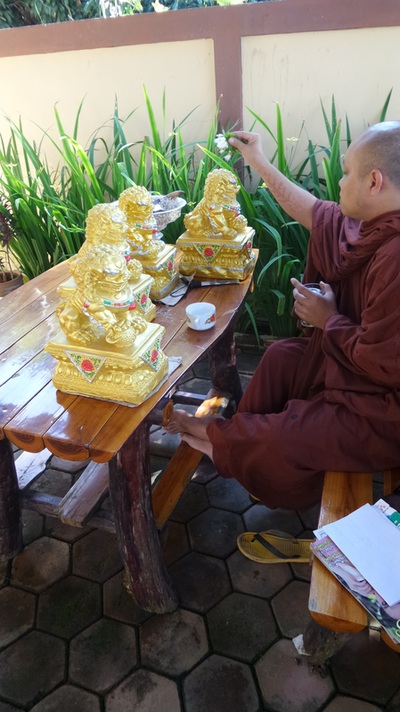
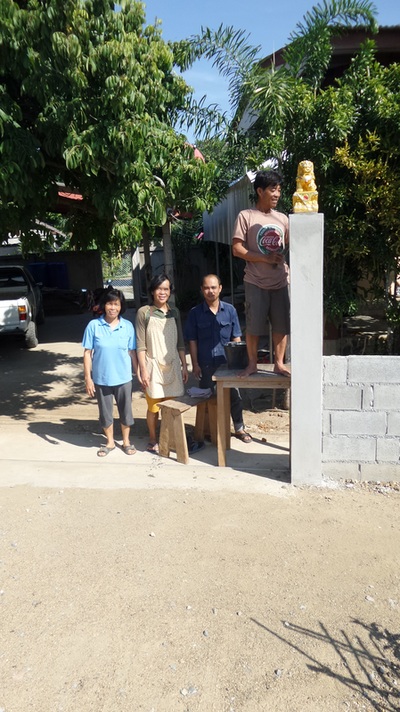
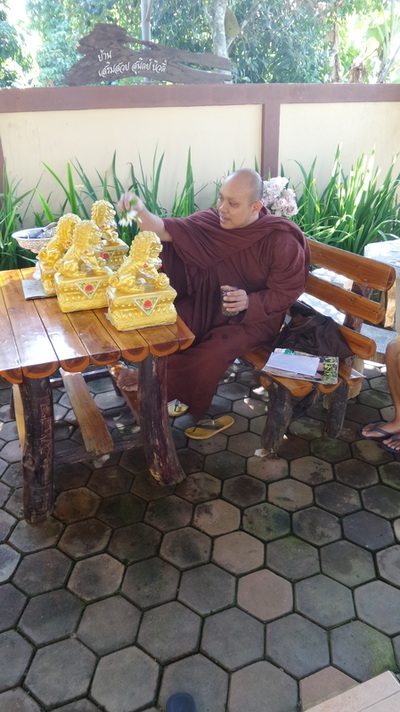
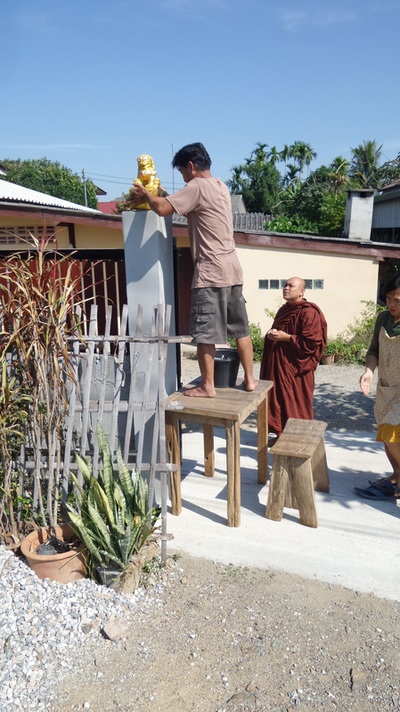
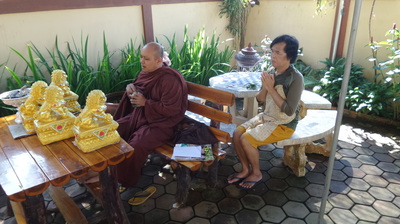
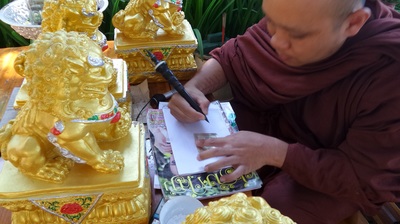
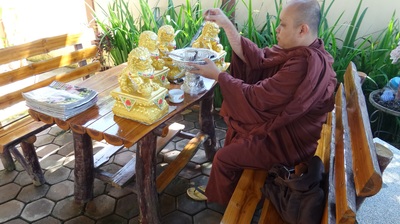
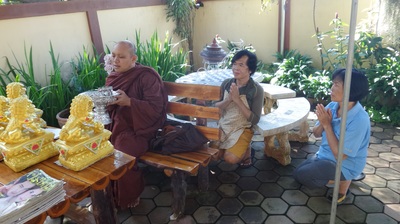
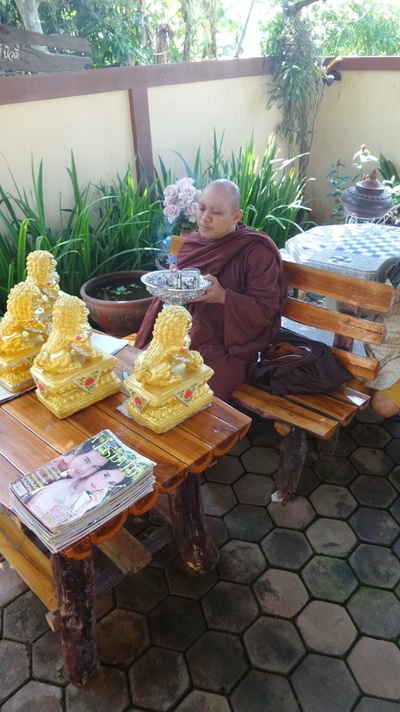
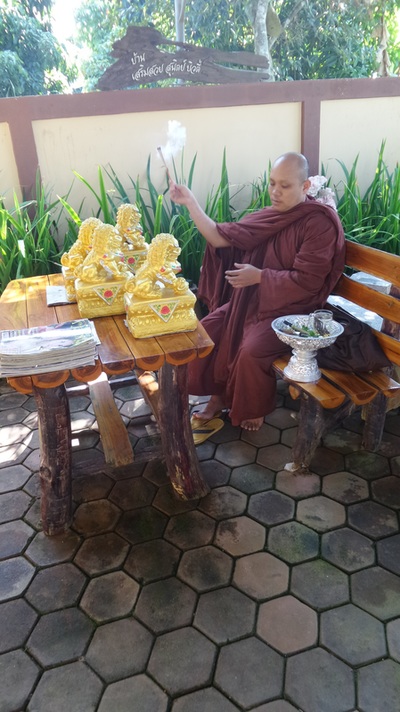
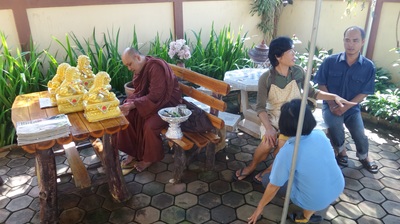
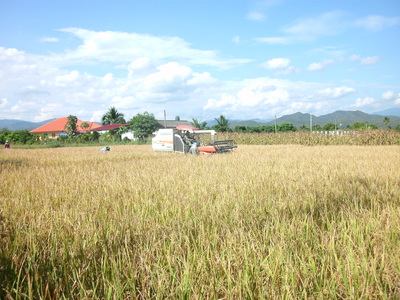
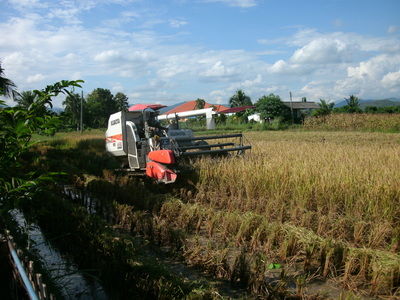
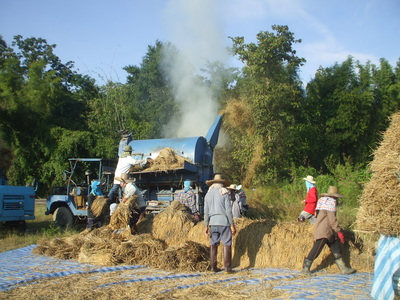
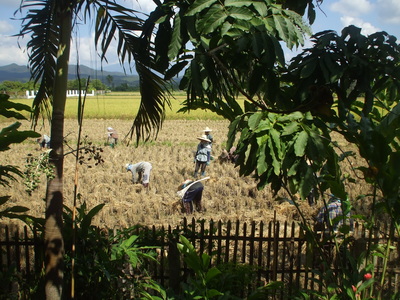
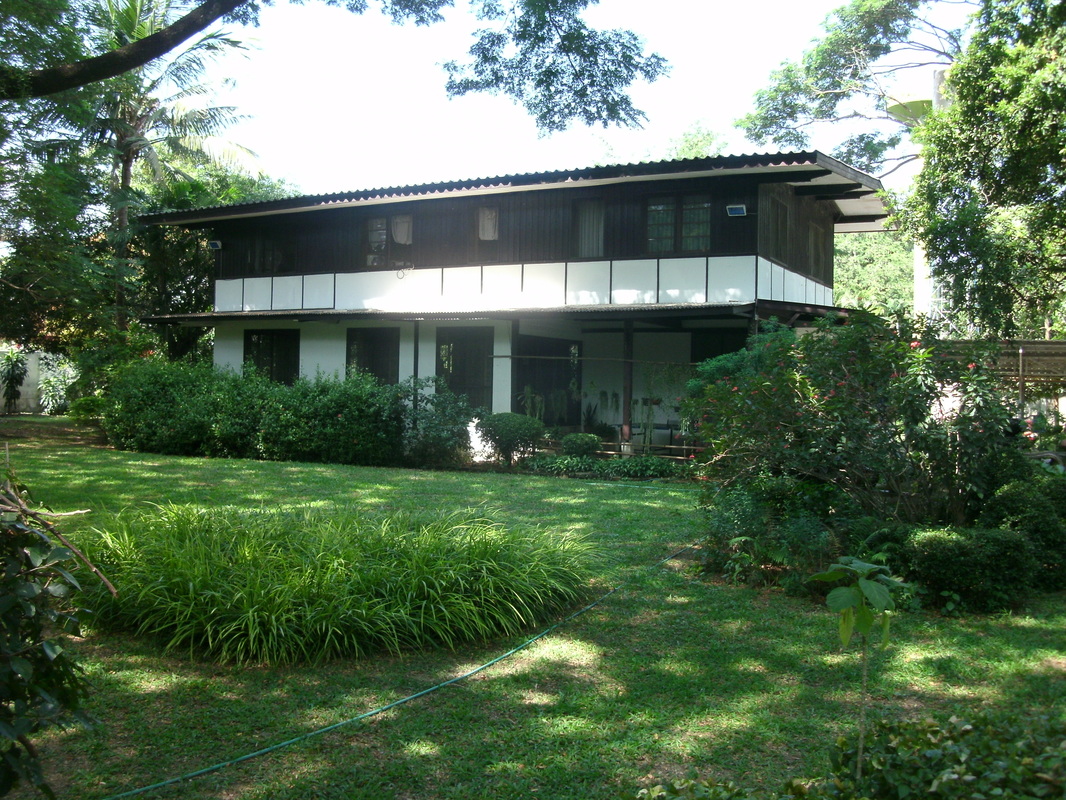
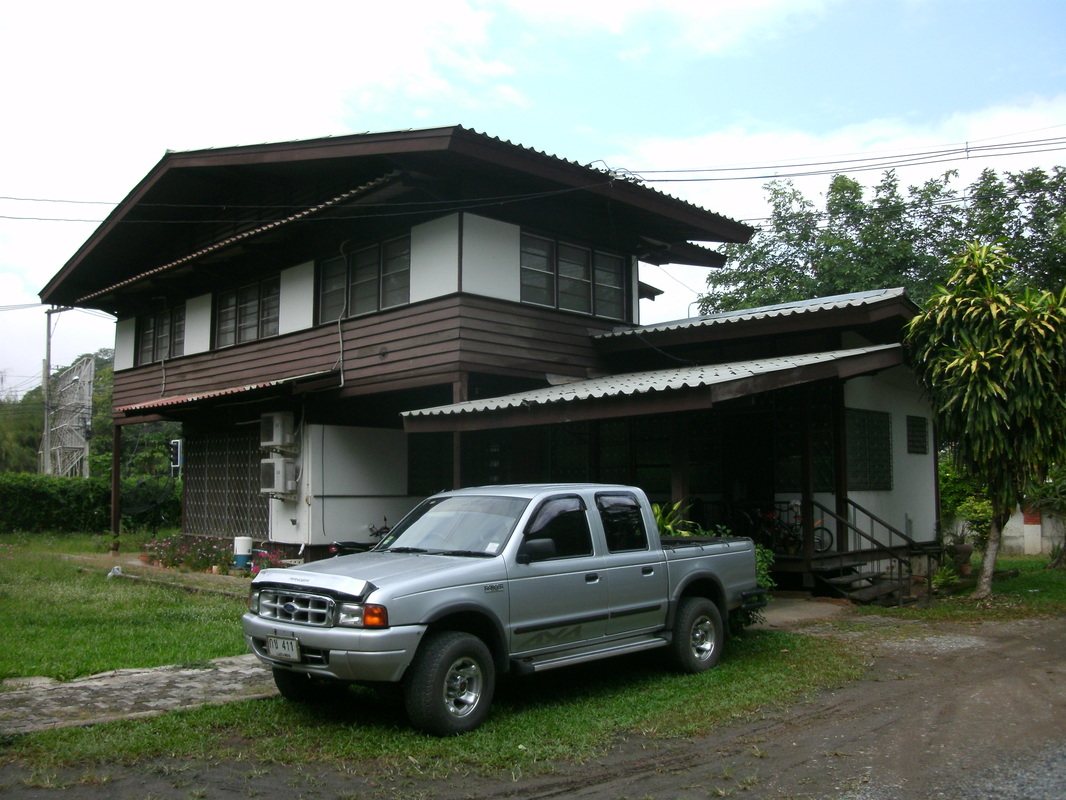
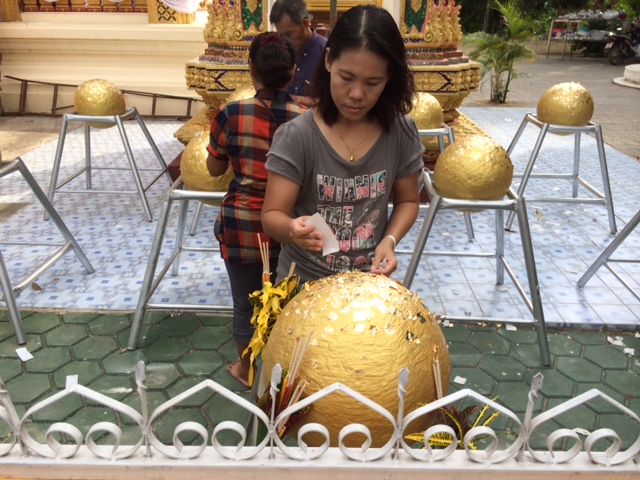
 RSS Feed
RSS Feed
